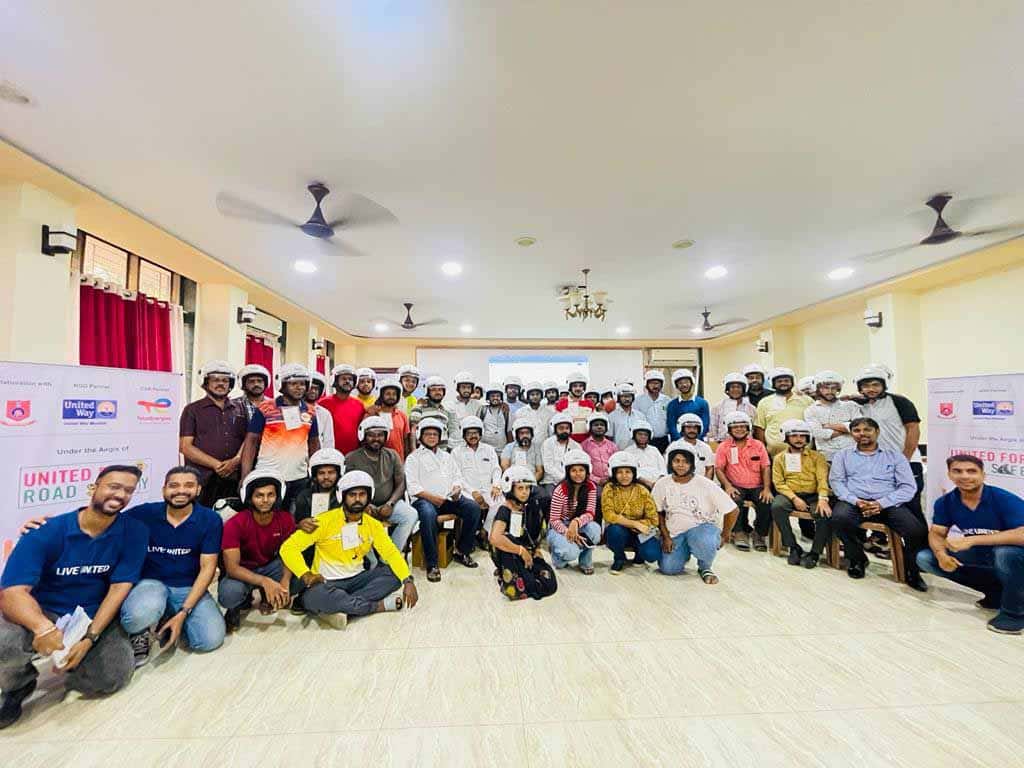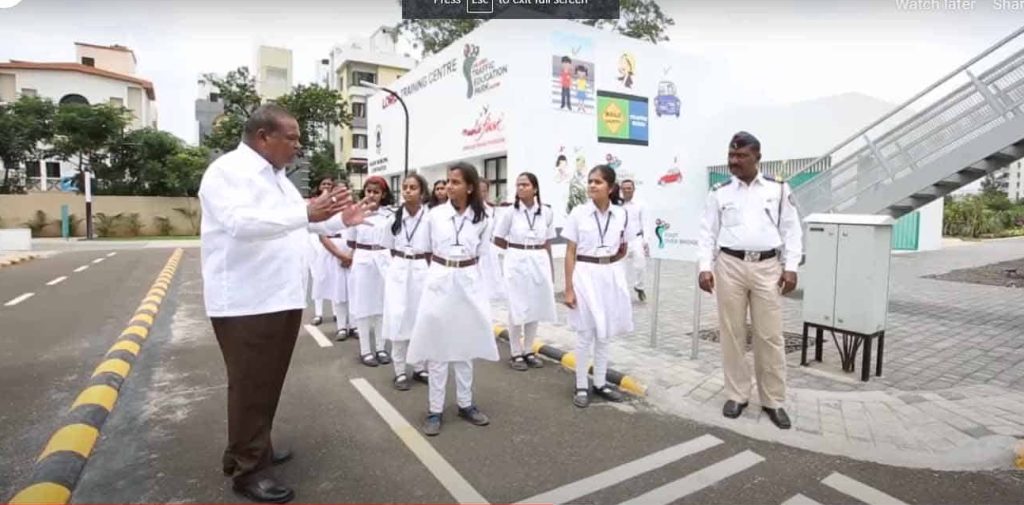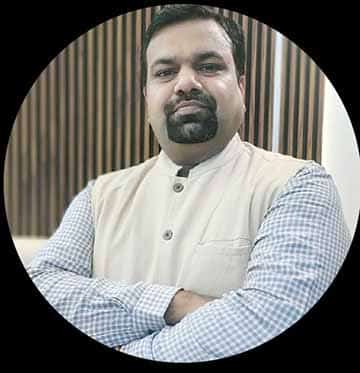 Road Safety is an integral part of the school curriculum, but not enough. Experts demand practical knowledge, to bring down the number of road accidents, writes Prajakta Chavan Rane
Road Safety is an integral part of the school curriculum, but not enough. Experts demand practical knowledge, to bring down the number of road accidents, writes Prajakta Chavan Rane
Concerned by the alarming increase in the number of traffic accidents and fatalities across India, the Ministry of Road Transport and Highway (MORTH) made ‘Road Safety’ an integral part of school and college education. Road safety and traffic rules are part of the school curriculum, taught and marked in almost all the schools across the country, but the desired result is not seen on the ground. Annually 1.3 million people globally succumb to death as a result of road traffic casualties. Road traffic injuries are the leading cause of death globally and the principal cause of death in the age group of 15-49 years. Yearly, about 1.5 lakh people die on Indian roads, which translates, on average, into 1,130 accidents and 422 deaths every day or 47 accidents and 18 deaths every hour (refer to the adjacent box*). The Maharashtra State Education Department has also integrated road safety and traffic rules as a part of the curriculum for all standards at the school level, which the authorities deem as the need of the hour. “About 20 per cent of traffic accident fatalities are recorded among pedestrians, and a high number of school students are pedestrians or cyclists. So they should know the rules of using roads, footpaths, underpasses, traffic signals, zebra crossing, and so on. Ensuring they remain disciplined pedestrians and safe is a necessity today,” expressed Bharat Kalaskar, Dy Commissioner, Road Safety of the Government of Maharashtra.
The above statistics clearly prioritise ‘Road Safety’ as the biggest issue in a fast-developing country like India across its high-density metros. Educators, Non-Government Organisations (NGOs), and authorities must be credited here for their efforts. Albeit, there is a void, and self admittedly, they have failed to bring down the rate of accidents. With India being ranked among the top 10 countries for road crashes, the Ministry of Road Transport and Highway (MORTH) has rolled out a multi- pronged road safety strategy based on 4-Es, namely Education, Engineering (both roads and vehicles), Enforcement, and Emergency Care to bring down the traffic-related accidents.
In the curriculum and beyond
On the other hand, experts also admitted that simply including a few traffic rules and regulations in the school syllabus is not enough. Rather, the government should introduce a full-fledged ‘Road Safety and Traffic’ degree or diploma course, which will equip the key stakeholders to impart theoretical and practical knowledge to the masses and the generation next. “Going a step ahead, key stakeholders like professional drivers, bus attendants, conductors, and cleaners should be trained under such courses. To make them qualified enough to preach and practice road and traffic safety. As they come in direct contact with passengers and spend maximum time on the road,” opined Yogesh Ambe, an independent road safety expert, who has been working for the cause over the past two decades.
Rather, the educators insisted that ‘Road Safety’ education only at the school level is not sufficient. It should be made an ongoing and compulsory process at college and at the University level, to ensure that the rules are deeply inculcated among the generation next. “Including traffic rules and regulations as part of the University curriculum will inculcate good habits right from the beginning in the future citizens. Developing good habits takes time and it needs to be enforced among the students for their safe future. Then we should do it,” said Sunil Shinde, Officer on Special Duty (OSD), University of Mumbai. Mumbai University is undertaking road safety awareness programmes and activities across 175-180 colleges, where volunteer students are trained on adhering to traffic rules and regulations.
The Indian state’s education departments have included road safety in the school as a syllabus. It extends to imparting and covering the basic grounds pertaining to and not limited to road safety. This extends to railway safety as well. however, the educators insisted that ‘Road Safety’ should be an ongoing process, and practical knowledge should be imparted to the students to complement the largely theoretical knowledge sharing. “Road Safety is a practicality of life, it should not remain constrained in the textbook. Rather, the practical aspect should be also shown to children. Why must traffic and safety rules be followed, and why are they critical? Regular lectures should be organised so that future citizens can adapt to the traffic rules and follow them religiously. This would eventually help us to become more disciplined as a country,” explained Sharmila Madiwale, CP Goenka International School, Thane.
Other than, adding ‘Road Safety’ to the school syllabus, large-scale programmes should be organised by inviting the traffic police to be a facilitator. So that, the students get real-life exposure to the issue. “We had once invited a traffic inspector to our school for the social program, and the kind of real-life instances he narrated were eye-openers for the next generation. Such events will give them the desired exposure to the real world and help to better understand why they should follow the traffic safety rules,” Madiwale mentioned.
Intervention from NGOs
Considering the mammoth scale of awareness work to be undertaken in their ‘Road Safety’ NGOs and advocacy groups are pushing the cause to connect and sensitise the maximum number of people. United Road Safety, a community impact initiative of United Way of Mumbai, an international NGO, is running over four programs in collaboration with different schools, colleges, and the Regional Transport Office (RTO). URS conducts inter-school ‘Road Safety’ poster-making competitions at various levels to send the message of Traffic Safety Rules among school-going children.
As per MORTH’s Road Accidents in India Report 2021, there has been a 10 per cent increase in fatal road accidents involving people under the age of 18. In 2020, a total of 6,998 people were recorded in fatal road accidents under the same age group, while in 2021 it was 7,764 nationally (refer to the adjacent box*). “Children are the most vulnerable road users across the globe. They don’t have any control over the exterior factors like other pedestrians or vehicles. Therefore, to address this age group we have designed the ‘Safe-to-home-Safe-to-School approach,’ wherein children are taught about Traffic Safety Rules in a playful manner,” claimed Ajay Govale, Vice President – of Community Impact, United Way of Mumbai. URS is running Global Road Safety Education through a new generation program in nine to 10 different cities across India and has reached out to over 1.5 lakh students in hundreds of schools. Besides, URS also runs a trainer program, wherein the school staff is trained on the subject matter like traffic rules. Clubs are formed in schools and colleges safe mobility ambassadors, wherein the students identify the dangerous spots around the education institute and coordinate with the institution head or local representatives to address the issues faced locally. “This is a community mobilising exercise, wherein students are involved in zero-down ‘Road Safety’ related dangerous spots, to avoid a road crash. We encourage them to reach out to local traffic police and representatives to address the problem,” added Govale.
On the other hand, Pune-based NGO Safe Kids is running full-fledged programs with the students and has even collaborated with the local government and traffic police to construct a traffic park, where the students get real-life lessons. “Imparting bookish knowledge to the students is not enough, because the real-life situation could be different, especially in ‘Road Safety’. So we impart practical training to students by taking them to the traffic parks. The government needs to invest in such infrastructure, where the generation next gets hands-on experience,” opined Dr Cinthia Pinto, Director of Safe Kids, Pune..
Sharing the same views, a parent of a student studying at Fr Agnel Multipurpose School, Vashi, Shubangi Rahane said, “Along with textbook syllabus the children should be given practical demonstration and knowledge of traffic violations and penalties as well. Kids are the best promoters for any kind of cause.” On the other hand, school bus operators insisted that school children should be trained in travel safety rules and not only road safety. “Most kids misbehave in the school bus, which is distracting for the driver and bus attendants. The stress should be on safer commutes and not only on road or traffic safety,” emphasised Anil Garg, President School Bus Owners Association (SBOA).
















